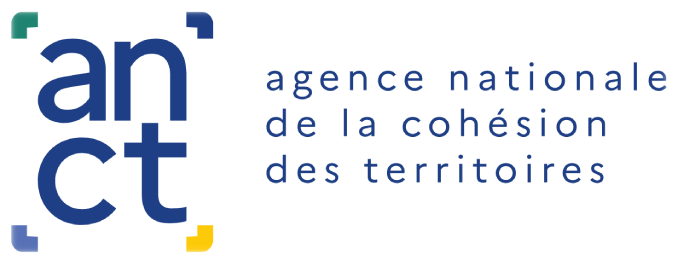The inability or impossibility, due to lack of equipment and subscription, to connect to the networks, concerned, according to INSEE, 15% of the French population.
In two recent studies, INSEE and Credoc look at the difficulties that a number of people and households have in paying for their Internet or telephone subscriptions.
11% of people in situations of material and social deprivation without Internet access
Deprivation of access to the Internet for private use is one of the items taken into account in the construction of the European indicator of "Material and Social Deprivation (MSP)".
This indicator of "material and social deprivation" is like the indicator of "poverty in living conditions" intended to provide a more complete picture of the various facets of poverty. "INSEE reminds us that " insufficient income is only one aspect, which must be complemented by non-monetary indicators based on living conditions. In the 2019 Statistics on Income and Living Conditions (SRCV) survey, which covers 2018 income, 13.6% of the population is poor monetarily, 13.1% is poor in the sense of material and social deprivation. 5.7% of the population is both: 21.0% of the population is poor in the sense of at least one of these two criteria.
- Income poverty is defined as having a standard of living below 60% of the median standard of living.
- The INSEE indicator of "poverty in living conditions" is based on the measurement of the consequences of low income: deprivation, impossibility to acquire or consume certain goods, to reach a certain level of comfort or finally to honor certain obligatory expenses. It is based on 27 items. People with at least 8 of the 27 items are considered to be poor in living conditions.
- The European material and social deprivation indicator (PMS) takes into account 13 items. People are considered to be "in a situation of material and social deprivation" if they have at least 5 of these 13 items.
Référence :
In a detailed table, we discover that 1.8% of the people surveyed (general population) declare having had to do without "access to the Internet for private use". This proportion reaches 11.4% among people "in a situation of material and social deprivation" and 6.3% among people "at risk of monetary poverty".
20% of people made vulnerable by the crisis had to suspend their telephone or internet subscriptions
The Credoc, for its part, focuses on identifying the proportion of people who say they feel in a situation of vulnerability :
" In May 2021, when the atmosphere was rather encouraging on the health front at the time, 31% of French people said they felt vulnerable, which is ten points more than in 2018. 83% of the "new vulnerable" are working people, very often in precarious jobs, in the private sector, with modest incomes, under 40 years of age, often with a family burden. They have difficulty accessing or maintaining employment. The loss of income leads them to postpone or give up essential expenses such as housing, health care, cars, food, etc. 20% of these "newly vulnerable" have had to suspend their telephone or internet subscriptions, which are so essential in these times.
Référence :
According to the Credoc, 5% of non-vulnerable people and 11% of already vulnerable people have "
not being able to pay all or part of the subscriptions for telephone, mobile, internet".





